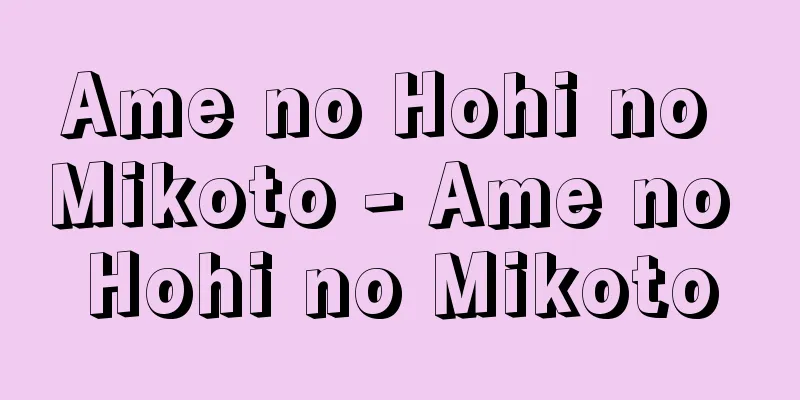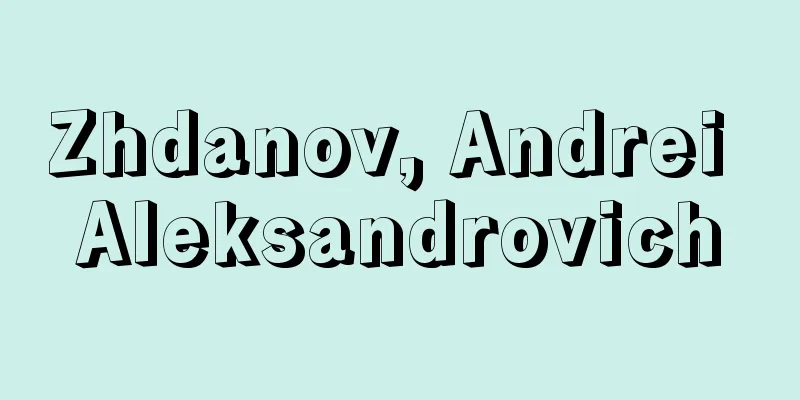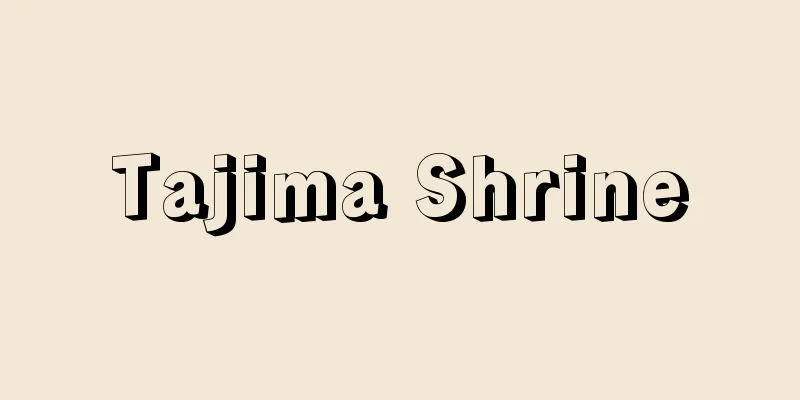Ame no Hohi no Mikoto - Ame no Hohi no Mikoto

|
He was one of the male gods born from the jewel when Amaterasu Omikami and Susanoo competed to give birth to a divine child. He is the brother of Amenooshihomimi no Mikoto, the father of the heavenly grandson. In the Kojiki and Nihon Shoki, when the gods of Takamagahara tried to pacify the earthly world, he was sent to Okuninushi no Mikoto as an envoy to negotiate, but he ended up siding with Okuninushi. On the other hand, in the Izumo Kuni no Miyatsuko Shinkago, a chant made by the Izumo no Kuni no Miyatsuko, a powerful lord of Izumo, when he visited the Imperial Court, he is described as having duly fulfilled his mission, making his son Ame no Hitori no Mikoto descend from heaven, and thus helping to get Okuninushi to hand over the country to him. In one version (another version) of the Nihon Shoki, he is also designated as the god to worship Okuninushi after the country was handed over to him. There is no consensus as to the cause of this duality, but if we speculate on the circumstances behind it, it is likely that this god was originally a local god of Izumo worshipped by the Izumo clan, and that as the myths set in the Izumo region gained importance and expanded in the process of the creation of the Kojiki and Nihon Shoki myths, he came to be incorporated as a god of Takamagahara. The "ho" in the god's name represents ears of rice, and since Okuninushi, with whom this god reclined, was originally a god of the earth, it is believed that the original image of the myth surrounding this god was a kind of rice-cultivation origin myth, in which rice was brought to the earthly world. <References> Matsumae Ken, "The Formation of Japanese Mythology" (Noritaka Kanda) Source: Asahi Japanese Historical Biography: Asahi Shimbun Publications Inc. About Asahi Japanese Historical Biography |
|
天照大神と素戔嗚尊が御子神生みを競ったとき,玉から生じた男神達のうちの一柱。天孫の父である天忍穂耳尊と兄弟。『古事記』『日本書紀』では,高天原の神々が地上世界を平定しようとしたとき,交渉の使いとして大国主命(オオクニヌシノミコト)のもとへ派遣されるが,そのままオオクニヌシの側についてしまったとする。一方,出雲の豪族である出雲国造が朝廷に参内して披露する『出雲国造神賀詞』の中では,きちんと任務を果たし,子の天夷鳥命らを天降らせたりして,オオクニヌシに国を譲らせるのに功があったことになっている。また『日本書紀』でも一書(別伝)では,国譲りののちのこととして,オオクニヌシを祭る神として指名されたりしている。このような二面性が生じている原因について定説はないが,その背景となる状況を推測するならば,おそらくこの神は,元来出雲氏一族が祭っていた出雲の地方神であり,記紀神話ができ上がっていく過程で出雲地方を舞台とする神話が重要度を増し,膨れ上がっていくのに連れて,高天原の神として取り込まれるようになったものであろう。神名の「穂」は稲穂を表しており,またこの神が寄りついたオオクニヌシはもともと大地の神であることからすれば,この神をめぐる神話の原像は,稲が地上世界にもたらされるという,一種の稲作起源神話だったと思われる。<参考文献>松前健『日本神話の形成』
(神田典城) 出典 朝日日本歴史人物事典:(株)朝日新聞出版朝日日本歴史人物事典について 情報 |
<<: Ame no Minakanushi no Kami
Recommend
Childe Harold's Pilgrimage - Childe Harold's Pilgrimage
A narrative poem by the English poet Byron. 4 volu...
Nekrasov, Nikolai Alekseevich
Born: December 10, 1821. Podolsk, Nemirov Died Jan...
Titania
…Rutile is found in small amounts in various plut...
Polyhedron - tamentai
A polyhedron is a solid body surrounded by a fini...
Follower - Monto
〘noun〙① A person who is associated with a disciple...
Kannazuki
Another name for the tenth month of the lunar cal...
Goujon, Jean
Born around 1510. Normandy? [Died] about 1568. Fre...
apothecary
…However, in some cases, such as Paris, a profess...
Augite (English spelling)
A type of calcium-rich clinopyroxene, it is the mo...
Reverse osmosis membrane - Gyakushin to Umaku (English spelling)
If a container is divided by a semipermeable membr...
Patriotic Political Alliance
…They campaigned for young people and attacked th...
Law of multiple proportion
This law states that "when two or more compo...
Fraxinus
...A deciduous tree of the Oleaceae family. In th...
Oleyl alcohol
C18H36O (mw268.48). CH3 ( CH2 ) 7CH =CH( CH2 ) 7CH...
Occluded corrosion cell
…Corrosion fatigue: A decrease in the strength of...








![Niitsuru [Village] - Niitsuru](/upload/images/67cc6b0e5d60a.webp)
